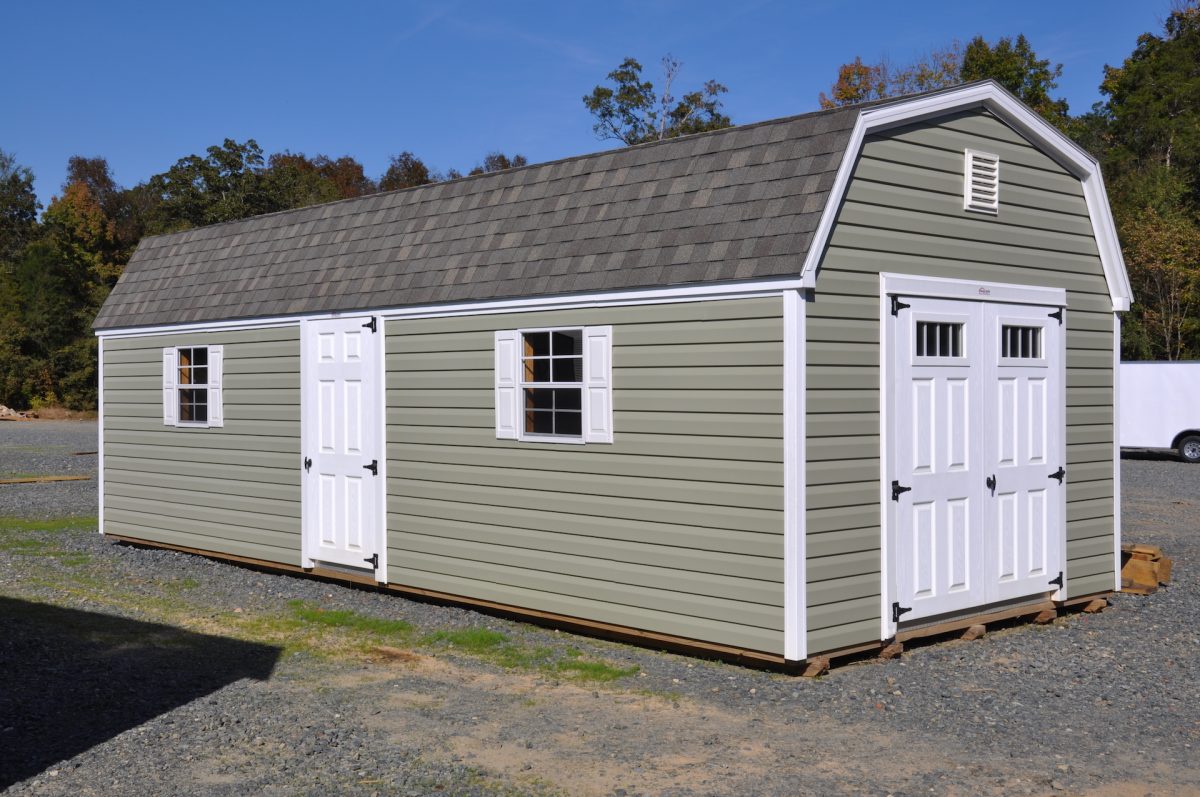Powdered Sugar Icing Recipe: Seriously, who doesn’t love a perfectly smooth, sweet icing? Whether you’re a seasoned baker or just starting out, mastering powdered sugar icing is a game-changer. This recipe unlocks the secrets to achieving that dreamy consistency, from delicate drizzles to bold, sculpted designs. We’ll cover everything from basic techniques to advanced flavor combinations and troubleshooting those pesky icing mishaps.
Do not overlook the opportunity to discover more about the subject of Hyunjin Stray Kids.
From the simplest of frostings to intricate cake decorations, powdered sugar icing is incredibly versatile. Understanding the different types of powdered sugar and how liquids affect the final product is key. This guide will walk you through a basic recipe, explore flavor variations, and offer tips and tricks for flawless application. Get ready to elevate your baking game!
Powdered Sugar Icing: A Sweet Guide: Powdered Sugar Icing Recipe
Powdered sugar icing, also known as confectioners’ sugar icing, is a versatile and easy-to-make frosting perfect for a wide range of baked goods. From delicate cookies to towering cakes, its simple elegance and adaptability make it a baking staple. This guide explores the fundamentals of powdered sugar icing, offering recipes, variations, application techniques, and troubleshooting tips to help you achieve perfectly smooth and delicious results every time.
Introduction to Powdered Sugar Icing
Powdered sugar icing’s versatility stems from its ability to adapt to different consistencies, allowing for various applications. A thin icing can be used as a glaze, while a thicker consistency is ideal for frosting cakes or decorating cookies. The key ingredients are powdered sugar, a liquid (milk, water, or juice), and often a flavoring agent like vanilla extract. The powdered sugar provides sweetness and structure.
The liquid acts as a binder, controlling the icing’s consistency. Different powdered sugars exist; confectioners’ sugar is pure powdered sugar, while some brands add cornstarch for anti-caking properties. The cornstarch addition can slightly alter the texture, resulting in a slightly less smooth icing.
Basic Powdered Sugar Icing Recipe
This recipe provides a foundation for creating perfectly consistent powdered sugar icing. Adjusting the liquid amount controls the thickness.
- In a medium bowl, sift 2 cups powdered sugar to remove any lumps.
- Gradually add 2-4 tablespoons of liquid (milk, water, or juice), mixing with a whisk or fork until smooth. Start with less liquid and add more as needed to reach desired consistency.
- Add 1 teaspoon of vanilla extract (or other flavoring) and mix well.
For a thinner icing, add more liquid; for a thicker icing, use less. Experiment to find your preferred consistency.
| Liquid | Consistency | Flavor Impact | Texture |
|---|---|---|---|
| Water | Thin to medium | Neutral | Smooth |
| Milk | Medium to thick | Slightly sweet, creamy | Slightly richer |
| Lemon Juice | Medium | Tart, bright | Smooth |
| Orange Juice | Medium | Citrusy, sweet | Smooth |
Variations and Flavor Enhancements
The beauty of powdered sugar icing lies in its adaptability. Adding various extracts, spices, or cocoa powder opens up a world of flavor possibilities. A simple addition of vanilla extract elevates the basic recipe, while lemon juice offers a zesty twist. Cocoa powder transforms it into a rich chocolate icing.
- Vanilla Bean and Almond Extract
- Lemon and Poppy Seed
- Mint and Chocolate
- Cinnamon and Nutmeg
- Orange and Cardamom
Icing Application Techniques
Source: pinimg.com
Applying icing smoothly and evenly depends on the icing’s consistency and the tools used. A knife or spatula works well for spreading icing on cakes, while a piping bag allows for intricate designs. For cookies, a simple spoon or offset spatula is often sufficient.
- Filling a Piping Bag: Place the icing into a piping bag fitted with your desired tip.
- Holding the Piping Bag: Hold the bag like a pencil, using your dominant hand to control the pressure and movement.
- Creating Basic Designs: Start with simple swirls or dots, practicing on parchment paper before applying to your baked goods.
- Adding Detail: Use different piping tips to create varied designs, such as stars, leaves, or flowers.
Visualize a smooth, even application for cakes, with a knife creating clean edges. For cookies, imagine delicate swirls or intricate patterns created by a piping bag.
Troubleshooting Common Icing Issues, Powdered Sugar Icing Recipe

Source: iheartnaptime.net
Common problems include icing that’s too thin, too thick, or grainy. Too-thin icing can be thickened by adding more powdered sugar, a spoonful at a time. Too-thick icing can be thinned by adding more liquid, a drop at a time. A grainy texture often indicates insufficient mixing or the presence of lumps in the powdered sugar. Proper sifting before mixing is crucial.
Store icing in an airtight container at room temperature for up to a week to maintain freshness and prevent drying.
Advanced Icing Techniques
Royal icing, a stiffer version of powdered sugar icing, is ideal for intricate decorating. It is made with egg whites, giving it a glossy finish and holding its shape well. Achieving different textures, such as glossy or matte, often involves adjusting the liquid content or adding specific ingredients. Food coloring can be added to create a wide range of colors, from vibrant hues to subtle pastels.
Epilogue
So there you have it – your comprehensive guide to conquering powdered sugar icing! From basic recipes to advanced techniques, we’ve covered everything you need to create stunningly delicious desserts. Remember, practice makes perfect, so don’t be afraid to experiment with different flavors and techniques. Now go forth and frost!



